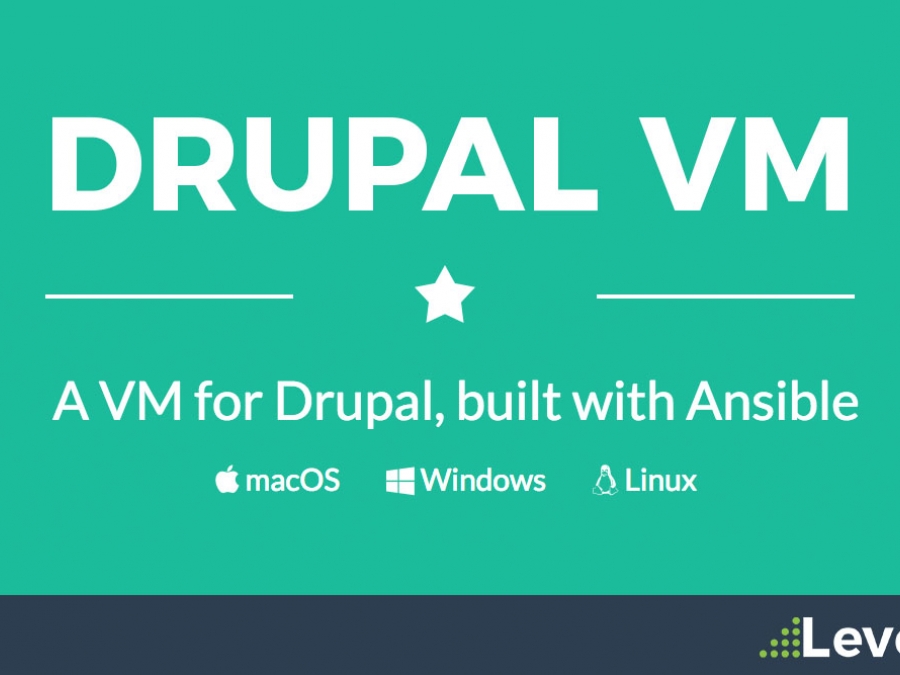
Upgrade Your Drupal Skills
We trained 1,000+ Drupal Developers over the last decade.
See Advanced Courses NAH, I know EnoughUsing DrupalVM for Drupal Development

Over the past couple years, there has been a lot of improvements in developer tools and workflows for building new Drupal projects. As Drupal has grown over the past few years, we have seen added frameworks such as Twig and Symfony, workflow related tools like Composer and Drupal Console, and even new virtual environments. With added tools came increased complexity in development environments, and sometimes, even more issues if you’re building on more than on type of framework for client projects.
What. a. nightmare.
New development
Fun fact! Two of the main Drupal hosting companies LevelTen works with use these two different technologies: Acquia is a VM based server solution while Pantheon is built on containers.
Config Management
DrupalVM has some of the easiest configuration and plugin options at your development disposal per environment. Not only does DrupalVM come preinstalled with the basic Drupal tools like Drush, Memcache, and Xdebug, but we can also enable modern development tools such as Node.js, Selenium (Behat), and advanced profiling tools like Blackfire and Tideways. All of these can be included simply by uncommenting them in your config and re-provisioning your server.
Aside from plugins, there’s virtually no reasonable limits to what we can configure in our environment per the configuration YAML file. You can switch between versions of PHP, serve from Apache or Nginx, store in Postgres or MySQL, build our projects using Composer, and update php.ini settings in a breeze.
Bonus: If you use PHPStorm as your main development IDE, it already supports Vagrant and getting Xdebug running is as simple as hitting a button.
RTFM
For those times when the docs just aren’t enough, this is when we’re thankful for open source and GitHub. Since the whole project is hosted on GitHub, there are many open and closed issues we can search through to find the answer to a problem that might have been fixed. In addition, if we do have a problem, GitHub makes submitting new issues easy to submit and collaborate on solutions.
Getting Started
2. Download or clone the DrupalVM project to your computer.
3. In your terminal, cd into the project directory and run vagrant up.
That’s it! After using MAMP for years as an easy-to-manage development environment, it left a lot to desire for added functionality and mucking up my dotFiles switching between PHP CLI versions. DrupalVM can technically support any PHP based CMS site, so if you’re coming from Drupal 7 or WordPress and have never seen YAML before, now’s a great time to learn it and apply those skills in managing your configuration files.
In a future blog post, we will talk about some improvements and automation you can use to streamline your DrupalVM installation.
About Drupal Sun
Drupal Sun is an Evolving Web project. It allows you to:
- Do full-text search on all the articles in Drupal Planet (thanks to Apache Solr)
- Facet based on tags, author, or feed
- Flip through articles quickly (with j/k or arrow keys) to find what you're interested in
- View the entire article text inline, or in the context of the site where it was created
See the blog post at Evolving Web

